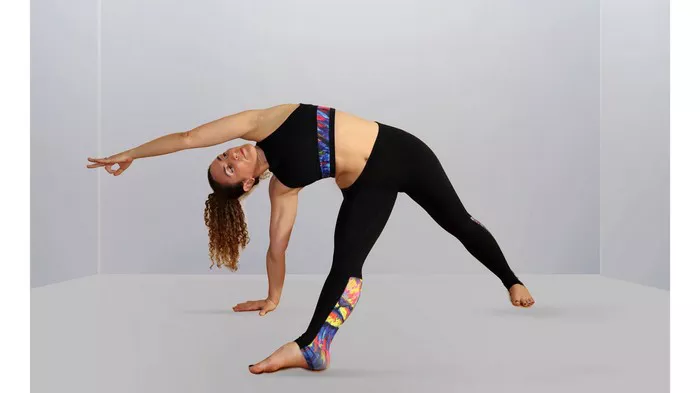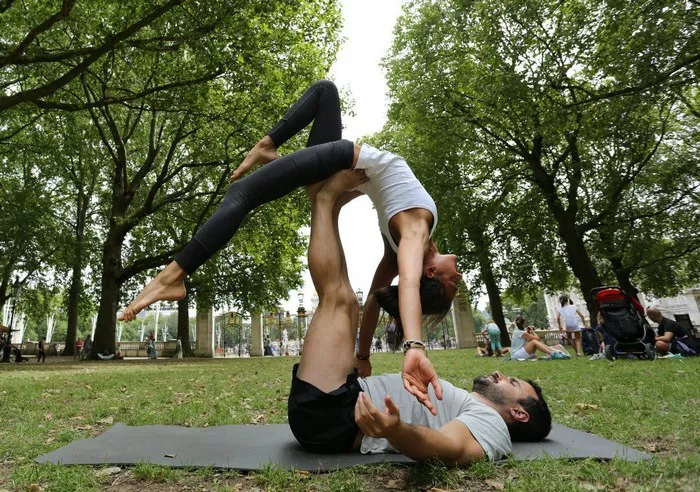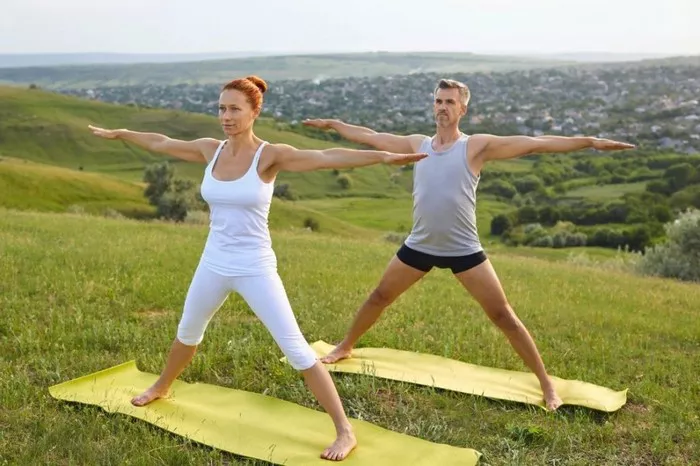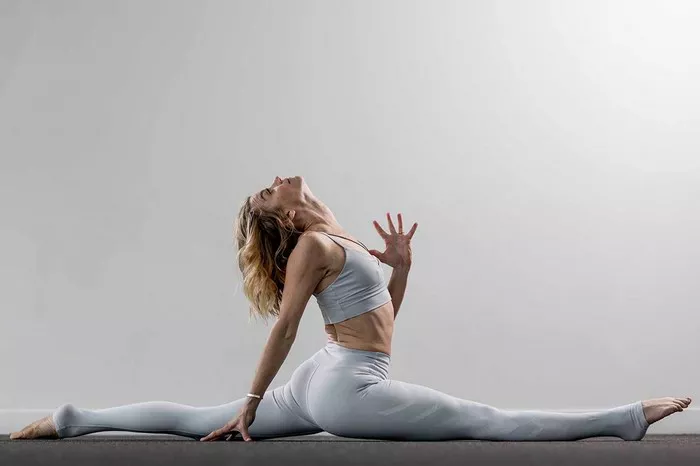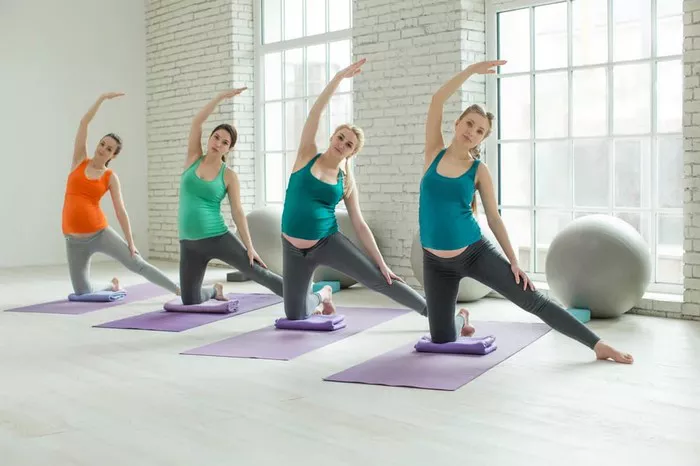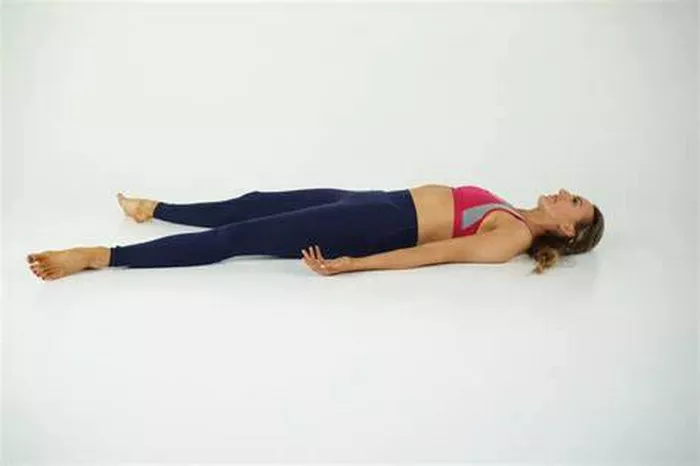Yoga, an ancient practice originating from India, has transcended its cultural roots to become a global phenomenon, embraced by millions seeking physical, mental, and spiritual well-being. Within the vast array of yoga poses, each with its unique benefits and significance, the Fallen Star Pose stands out as a dynamic and empowering posture. In this comprehensive guide, we delve into the origins, symbolism, benefits, variations, step-by-step instructions, as well as precautions and contraindications of the Fallen Star Pose, shedding light on its transformative potential for practitioners of all levels.
Origins and Symbolism
The Fallen Star Pose, known as “Fallen” due to its resemblance to a shooting star streaking across the night sky, finds its roots in Hatha Yoga, a traditional branch of yoga focused on physical postures. While the exact origins of this pose are elusive, its symbolism aligns with the notion of balance and resilience. Just like a falling star navigates the vast expanse of the cosmos with grace and purpose, practitioners of the Fallen Star Pose aim to cultivate inner equilibrium amidst life’s turbulent currents.
Symbolically, the pose represents surrender and release. By gracefully extending one’s limbs in opposing directions, practitioners embody the notion of letting go of that which no longer serves them, while simultaneously reaching out towards new possibilities. The Fallen Star Pose encourages practitioners to embrace change with openness and resilience, inviting them to tap into their inner strength and shine brightly, even in the face of adversity.
Physical and Mental Benefits
The Fallen Star Pose offers a myriad of physical and mental benefits, making it a valuable addition to any yoga practice. From enhancing strength and flexibility to promoting mental clarity and emotional balance, this dynamic posture empowers practitioners on multiple levels.
Physically, the Fallen Star Pose engages the core, arms, legs, and back muscles, promoting stability and toning the body. By actively reaching through the fingertips and extending the legs, practitioners cultivate strength and length in the limbs, improving overall flexibility and posture. Additionally, the pose stimulates circulation and digestion, while also providing a gentle stretch to the hips and shoulders, areas often plagued by tension and tightness.
Mentally, the Fallen Star Pose encourages focus and concentration, as practitioners must maintain awareness of their breath and alignment while holding the pose. This mindful engagement helps to quiet the chatter of the mind, fostering a sense of inner calm and tranquility. Furthermore, the symbolism of surrender inherent in the pose can serve as a powerful reminder to let go of attachment to outcomes and trust in the natural flow of life, reducing stress and anxiety.
Variations and Modifications
As with any yoga pose, variations and modifications of the Fallen Star Pose exist to accommodate practitioners of different levels and physical abilities. Some common variations include:
1. Supported Fallen Star: Placing a bolster or yoga block under the extended arm for added support and stability, particularly beneficial for beginners or those with limited flexibility.
2. Half Fallen Star: Performing the pose with one leg extended and the other knee bent, providing a gentler stretch for the hamstrings and hips.
3. Bound Fallen Star: Incorporating a bind by reaching the top arm behind the back and clasping the fingers or using a strap to connect the hands, deepening the stretch in the shoulders and chest.
These variations allow practitioners to tailor the pose to their individual needs, gradually building strength and flexibility over time while minimizing the risk of injury.
Step-by-Step Instructions
To practice the Fallen Star Pose safely and effectively, follow these step-by-step instructions:
- Begin in a tabletop position on your hands and knees, with wrists aligned under shoulders and knees under hips.
- Extend your right leg straight back behind you, pressing through the heel to engage the leg muscles.
- Shift your weight onto your left hand, lifting your right arm towards the sky, palm facing forward.
- Press firmly into your left hand and the outer edge of your left foot, lifting your hips towards the sky.
- Extend your right leg and arm away from each other, creating a straight line from fingertips to heel.
- Keep your gaze steady and your core engaged as you hold the pose for 3-5 breaths.
- To release, gently lower your right hand and knee back to the mat, returning to the starting position.
- Repeat on the opposite side, extending your left leg back and lifting your left arm towards the sky.
Remember to maintain steady breathing throughout the pose and listen to your body, only going as far into the stretch as feels comfortable.
Precautions and Contraindications
While the Fallen Star Pose offers numerous benefits, it may not be suitable for everyone. Individuals with the following conditions should approach the pose with caution or avoid it altogether:
1. Wrist or Shoulder Injury: Those with existing wrist or shoulder injuries should avoid placing excessive weight on the supporting arm, opting for modifications that provide additional support and stability.
2. High Blood Pressure: Practitioners with uncontrolled high blood pressure should avoid holding inverted poses for an extended period, as they may cause a sudden increase in blood pressure.
3. Pregnancy: Pregnant individuals should avoid deep twists and intense abdominal engagement, opting for gentler prenatal yoga poses instead.
As with any yoga practice, it is essential to listen to your body and honor its limitations. If you experience any pain or discomfort during the Fallen Star Pose, ease out of the pose and consult with a qualified yoga instructor or healthcare professional.
Conclusion
In conclusion, the Fallen Star Pose embodies the essence of balance, strength, and surrender, offering practitioners a pathway to physical vitality and inner peace. By exploring its origins, symbolism, benefits, variations, and precautions, yogis of all levels can unlock the transformative potential of this dynamic posture, guiding them towards a more harmonious and empowered way of being on and off the mat.

